The new Lotus Emeya is the fastest-charging electric production car, the brand has claimed, after it recorded a 10-80% refill in just 14 minutes.
The luxury saloon reached a peak charging rate of 402kW and averaged 331kW during the test, which was completed using a 400kW DC connection. Notably, this is greater than the 320kW peak rate claimed by Porsche for the facelifted Taycan.
The Emeya is Lotus’s second electric car, arriving after the Eletre as part of a family of new lifestyle-oriented models engineered and built in Wuhan, China.
Although these new-era EVs are entirely unrelated to the sports cars Lotus builds in Hethel, outstanding performance remains a priority for them. To that end, the fastest Emeya packs a dual-motor powertrain that sends up to 905bhp and 726lb ft through all four wheels. That’s sufficient for 0-62mph in under 2.8sec, making the Emeya one of the quickest four-doors on the market.
Specifications for the entry-level Emeya and mid-rung Emeya S have yet to be announced, but they are expected to match the equivalent Eletre models, which get 603bhp and a claimed 0-62mph time of 4.5sec.
All versions pack a 102kWh battery pack that officially yields a range of up to 379 miles.
The Emeya is not solely about big numbers and brute force, though. Its standard-fit air suspension system scans the road ahead 1000 times per second and actively responds to the harshness of its surface by priming the dampers at each corner of the car appropriately.
![]()
Lotus’s performance saloon also features an abundance of active aerodynamic elements, including the grille, rear diffuser and a rear spoiler that is 100mm wider than the Eletre’s and extends at speed to enhance stability.


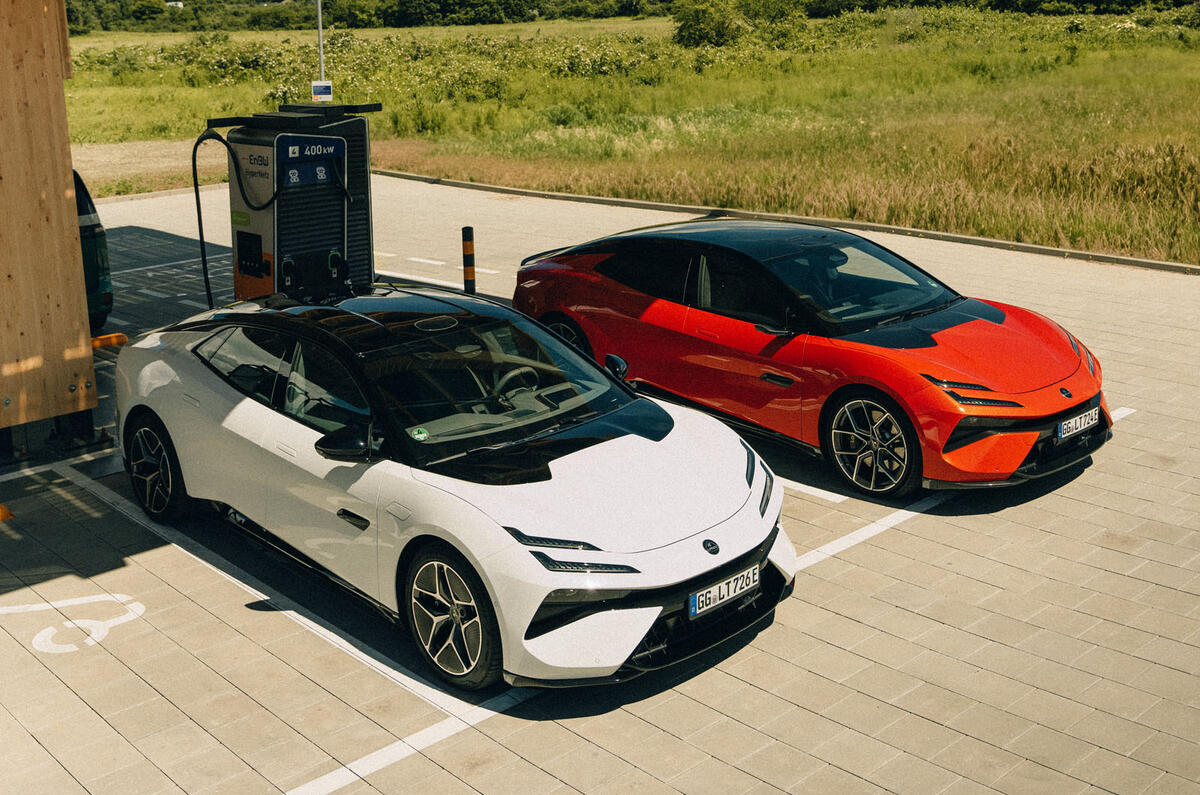
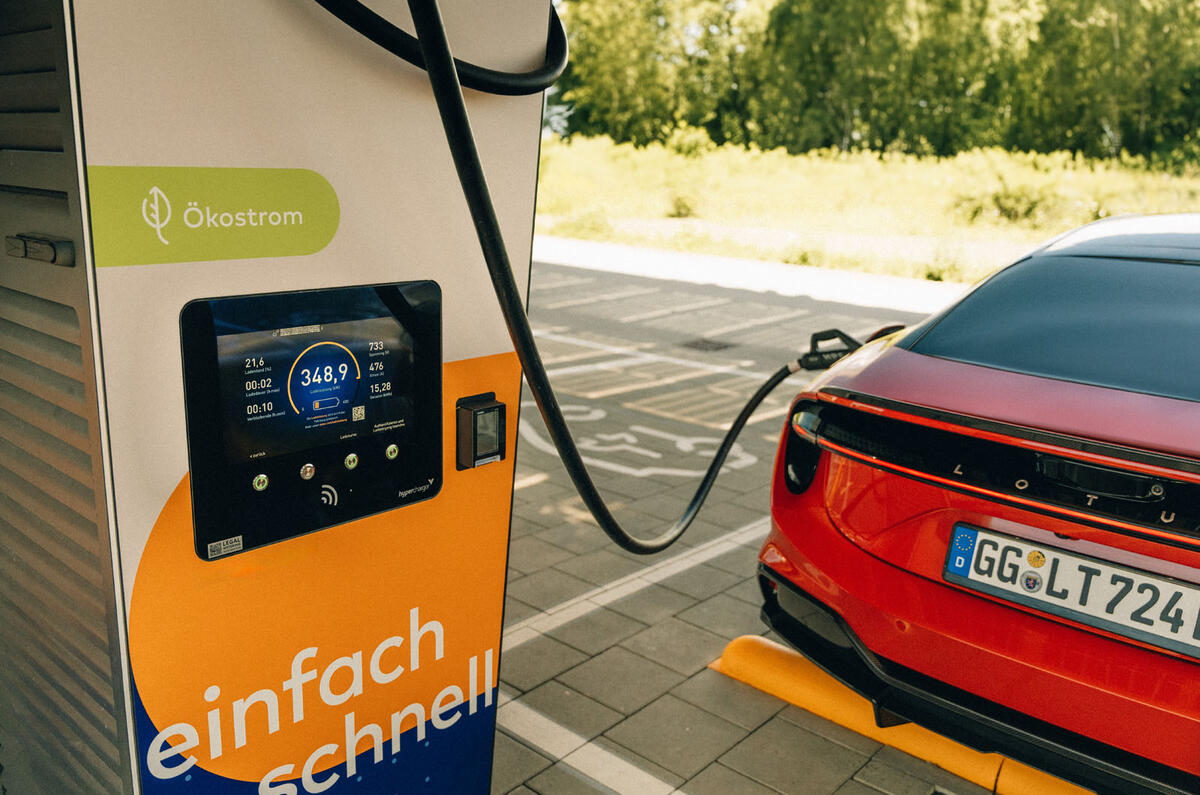
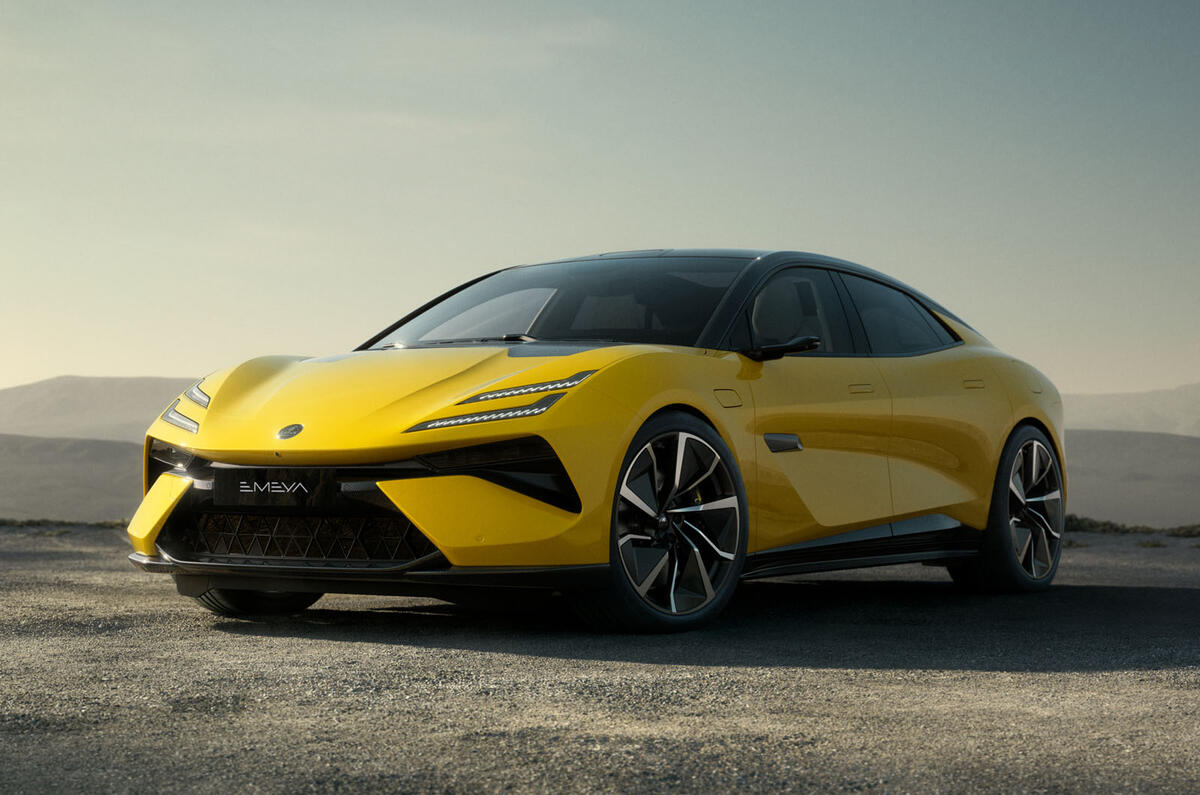
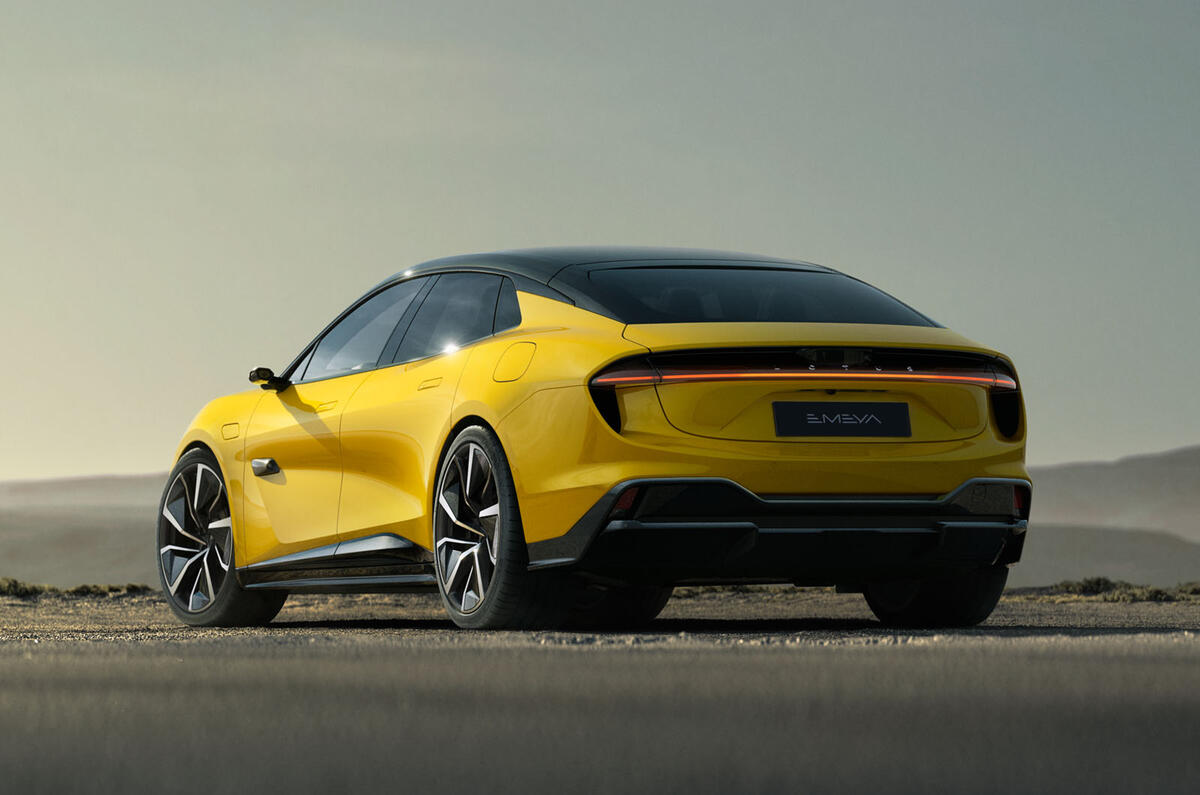
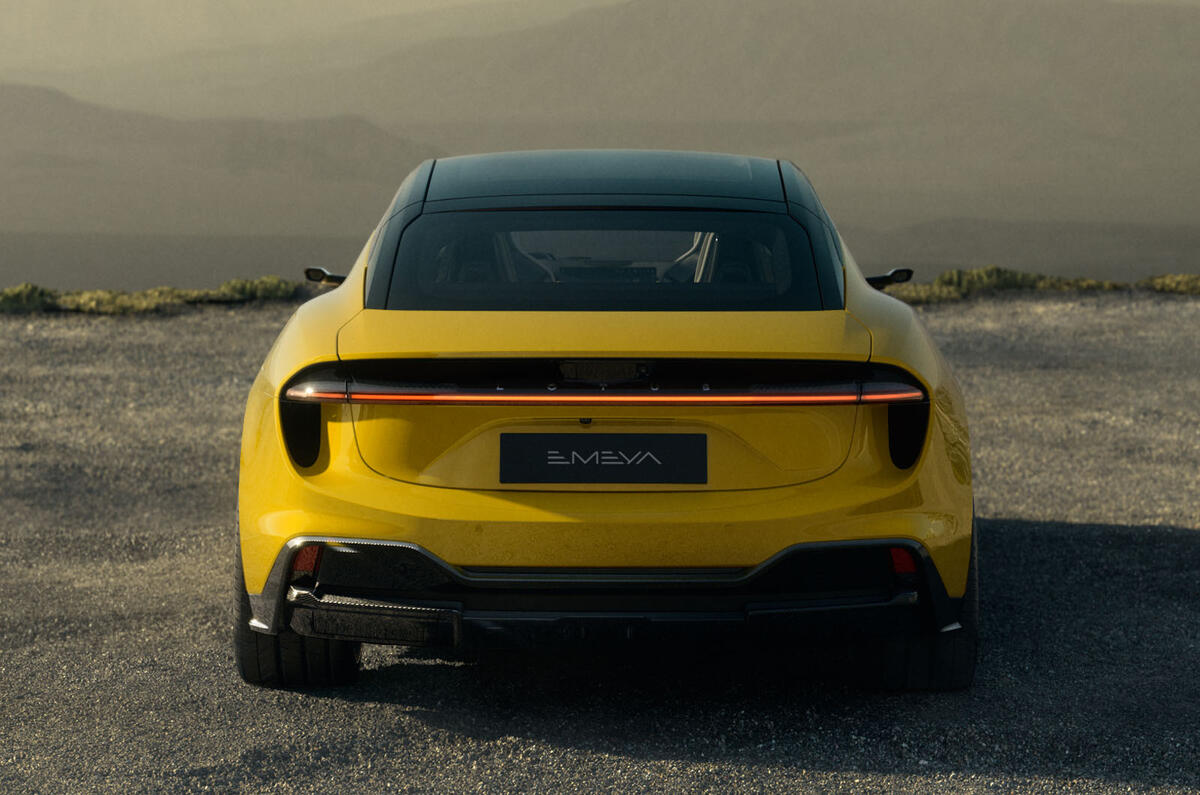
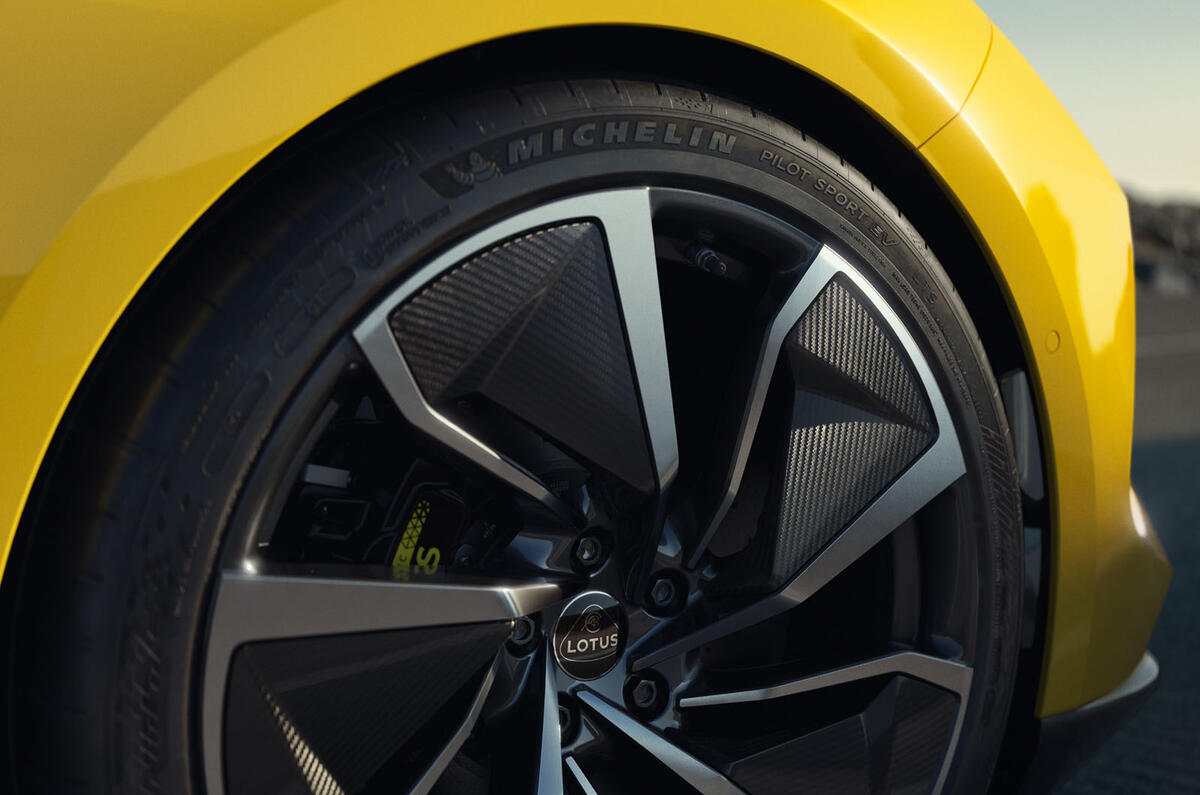
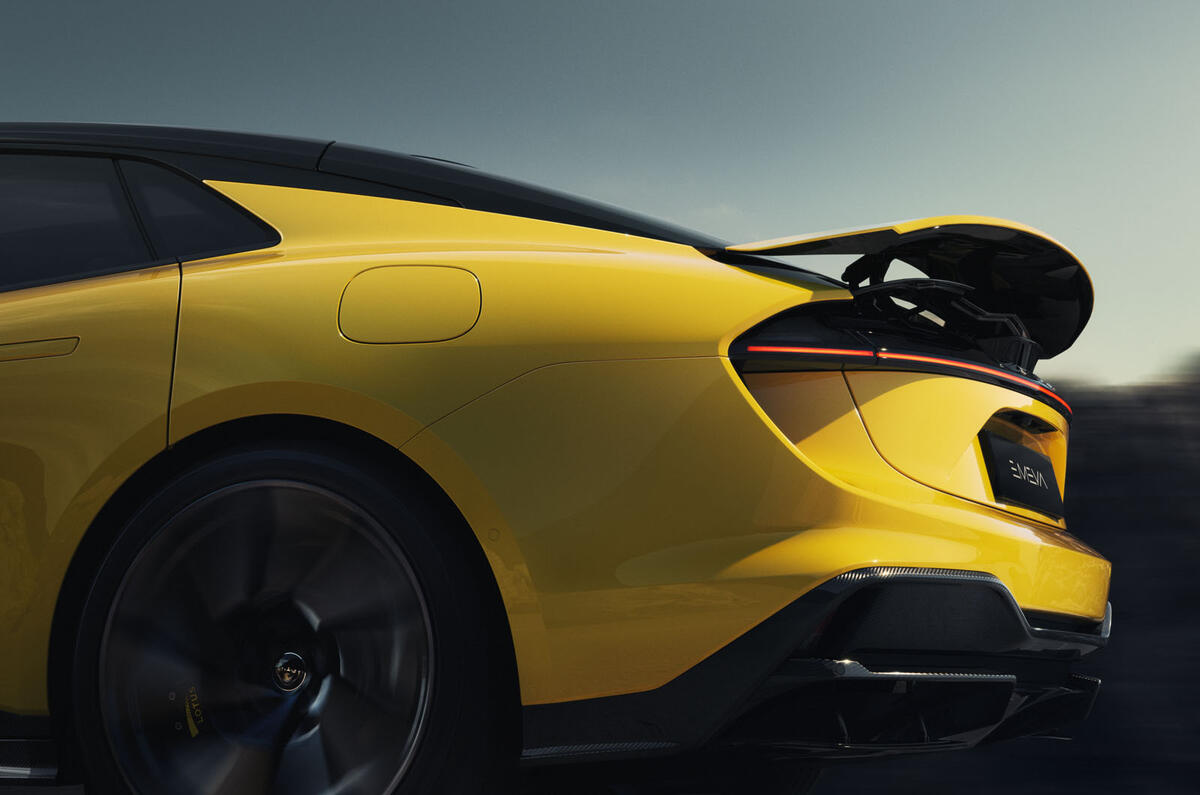
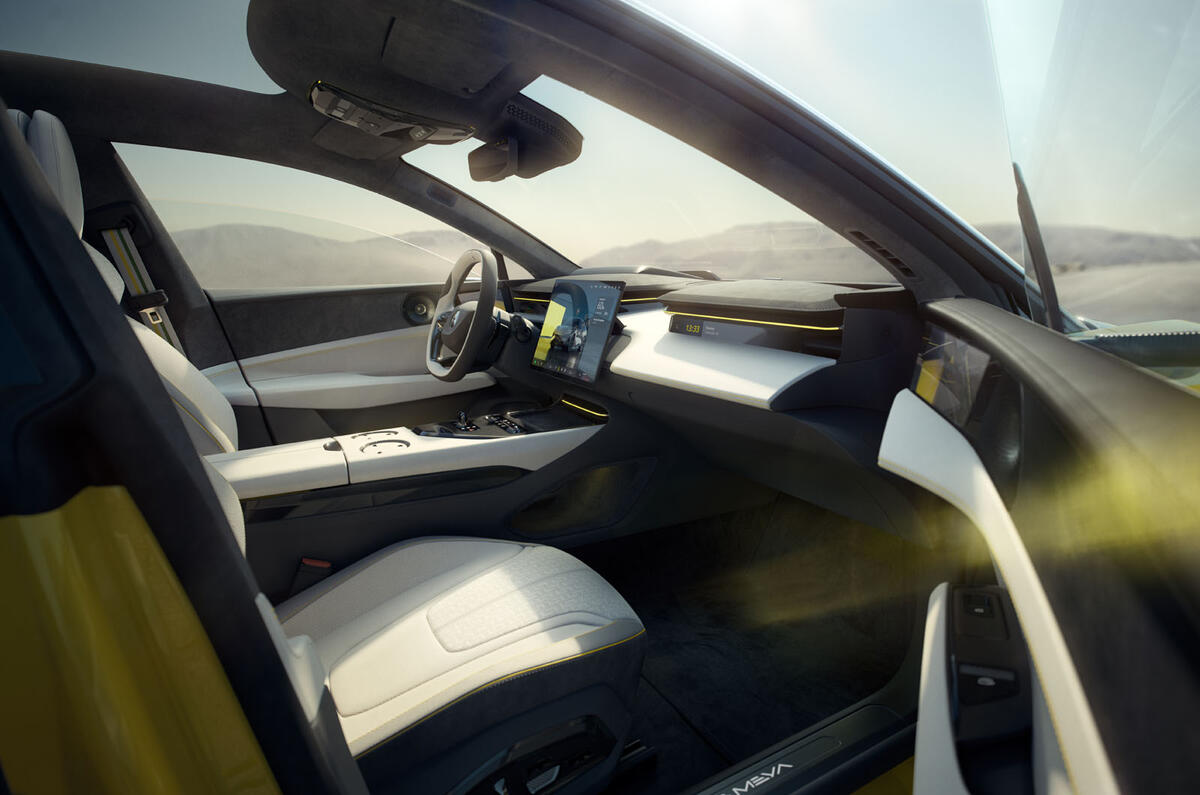
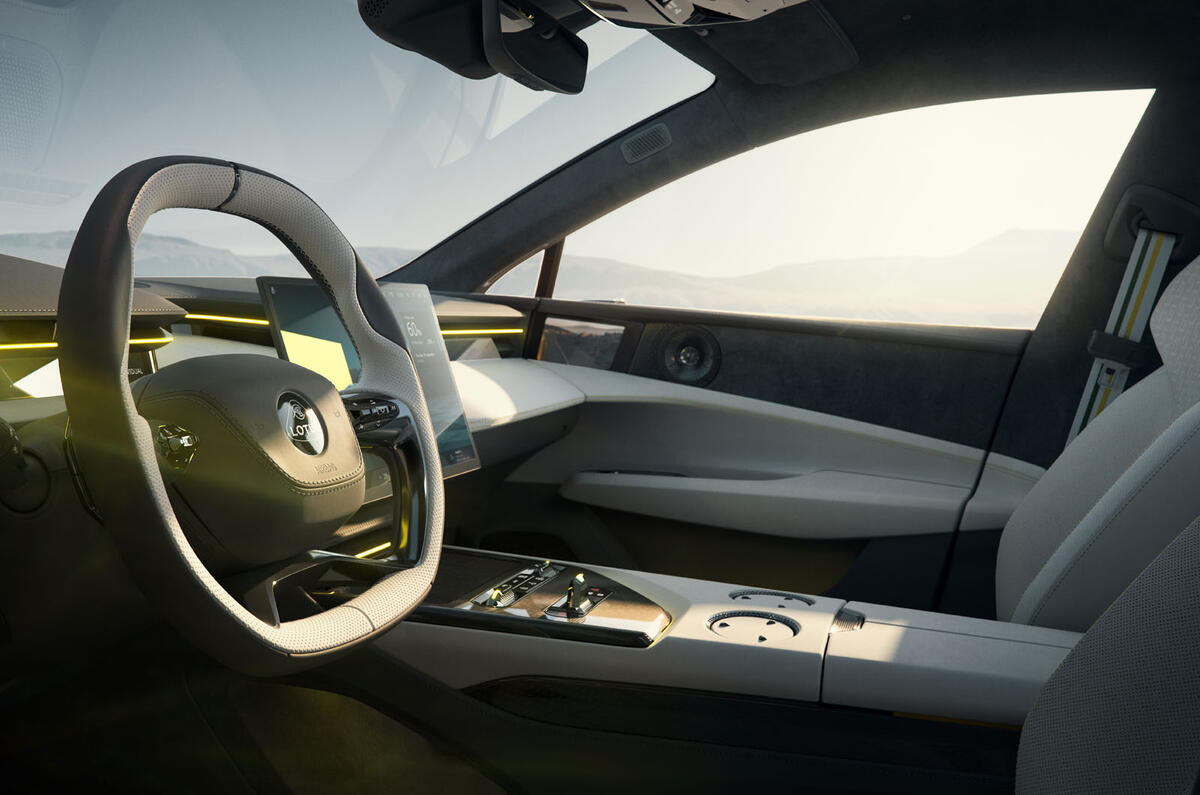

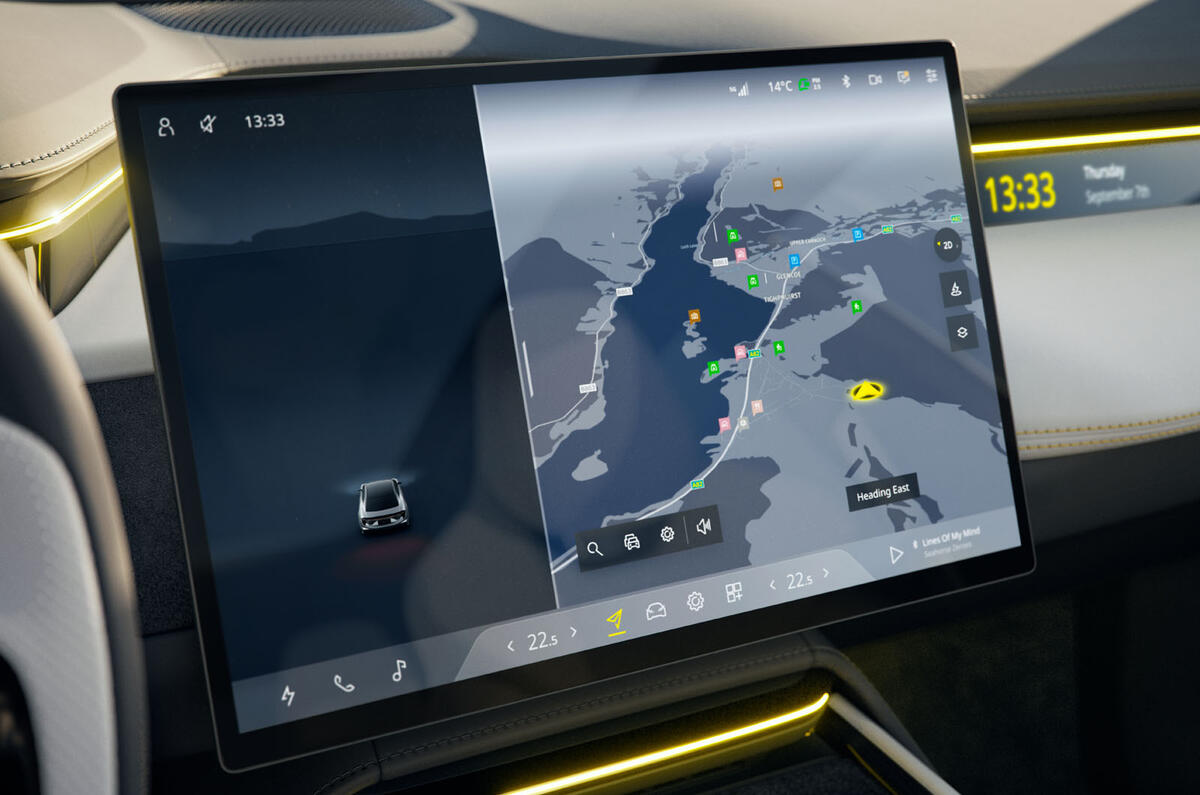
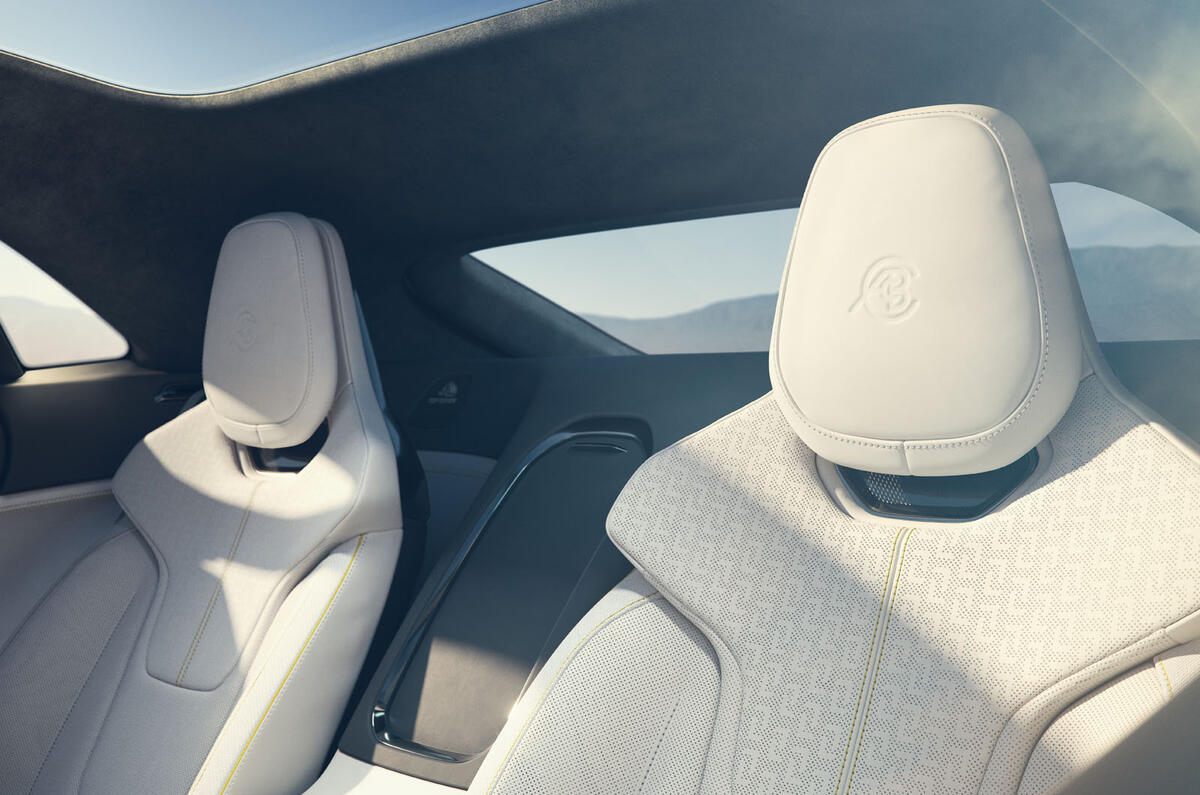
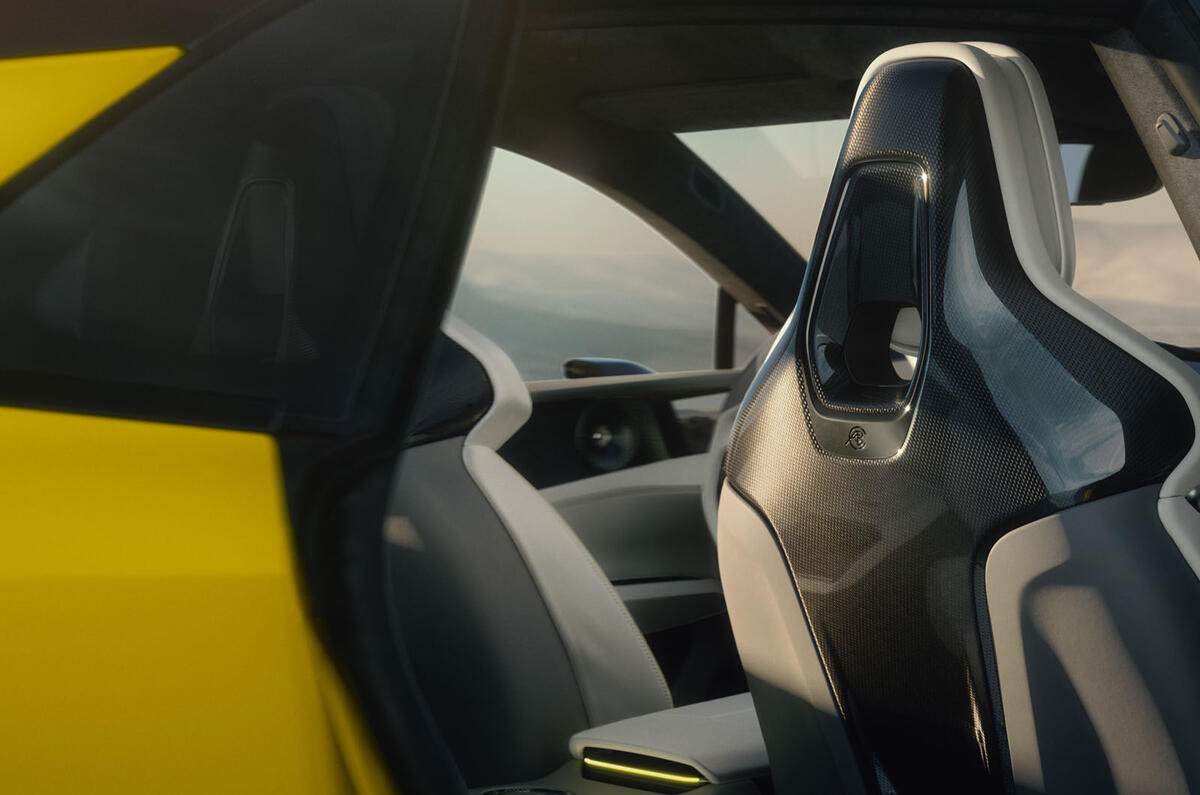
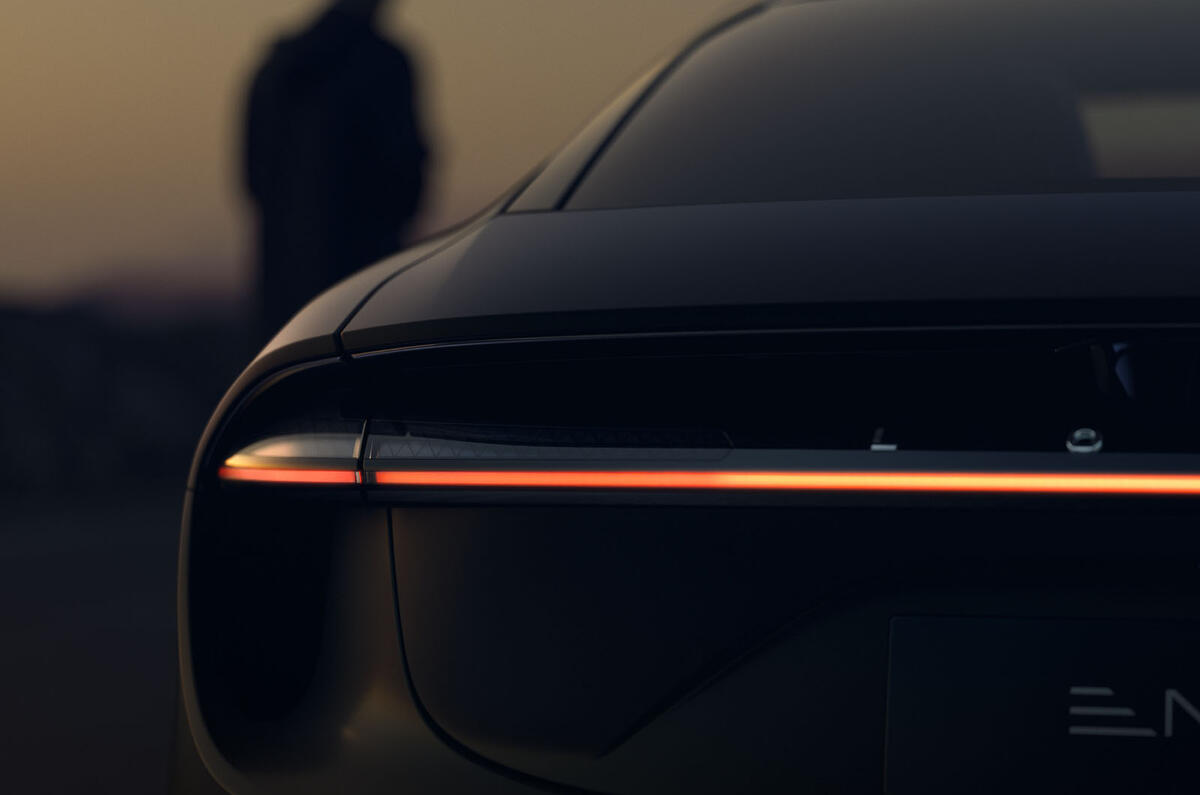
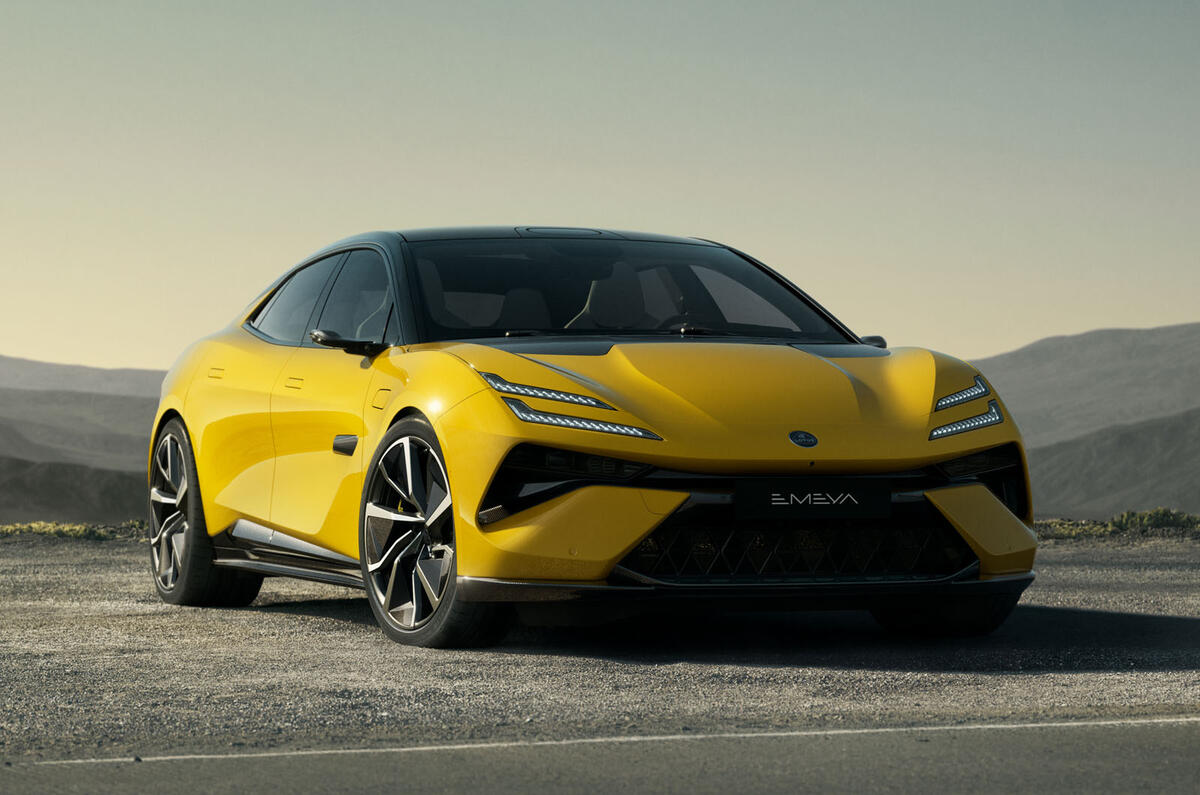
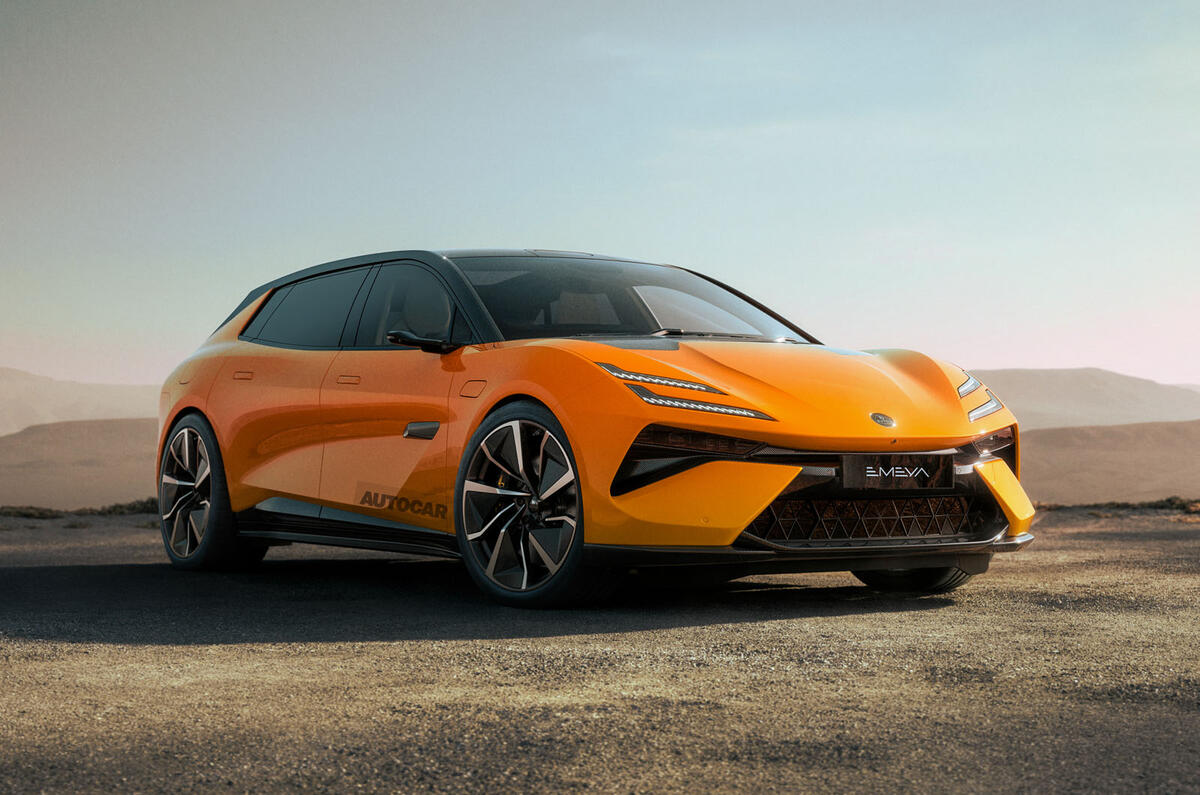


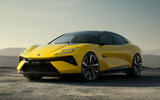
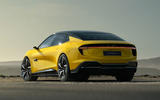
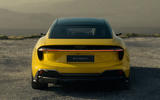

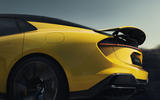
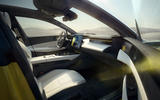
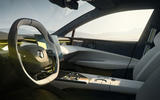
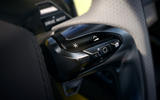
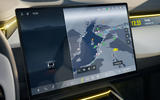
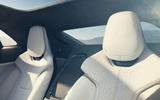
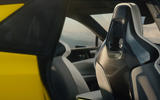
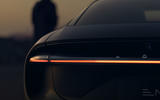
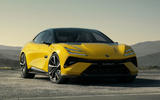
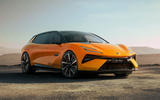

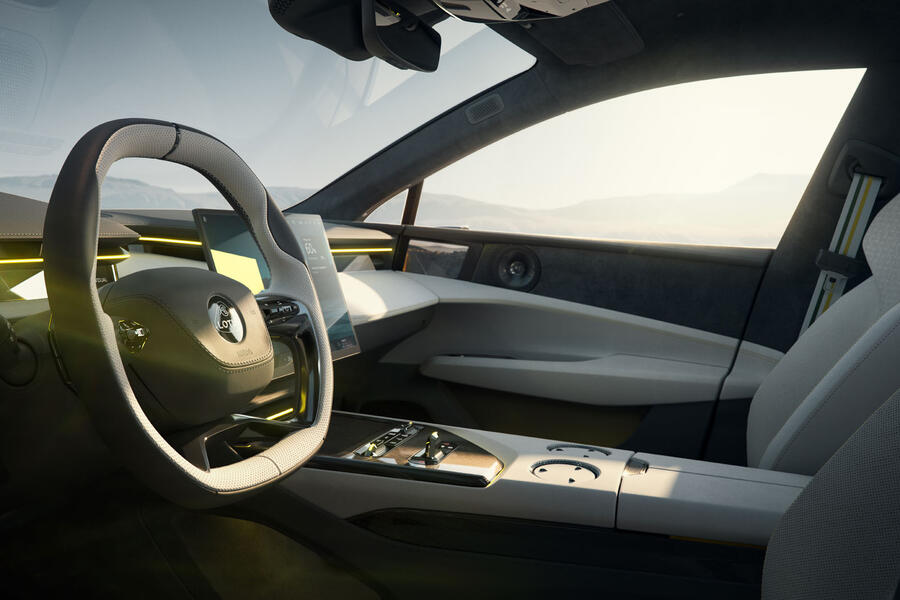







Join the debate
Add your comment
I don't recall Autocar measuring petrol cars in the same way and time spent filling tanks! Eg a 50L tank Golf GTD vs a 92L tank F12 Ferrari. The Golf would spend far less time at the pumps than the Ferrari on a long road trip and probably a better real world speed car.
That would be a review of petrol pumps rather than the speed a BEV can accept a charge at, a pretty boring unnecessary article that everyone could quite easierly work out the outcome themselves.
This article is worthless. Who cares when the Emeya is the most inefficient passenger EV in the world?
Yea cause Lotus had..... build an efficient car at the top of the list for this project.
Insane to think of the progress that's being made in the BEV world. As a footnote people won't generally go down to 10 percent, the standard measure should be 20 to 80 percent which probably means under 10 minutes, less time than I spend at the Tesco's floorcourt the other day.